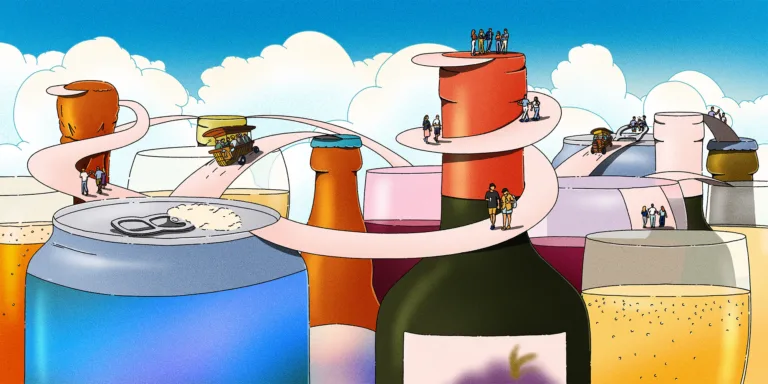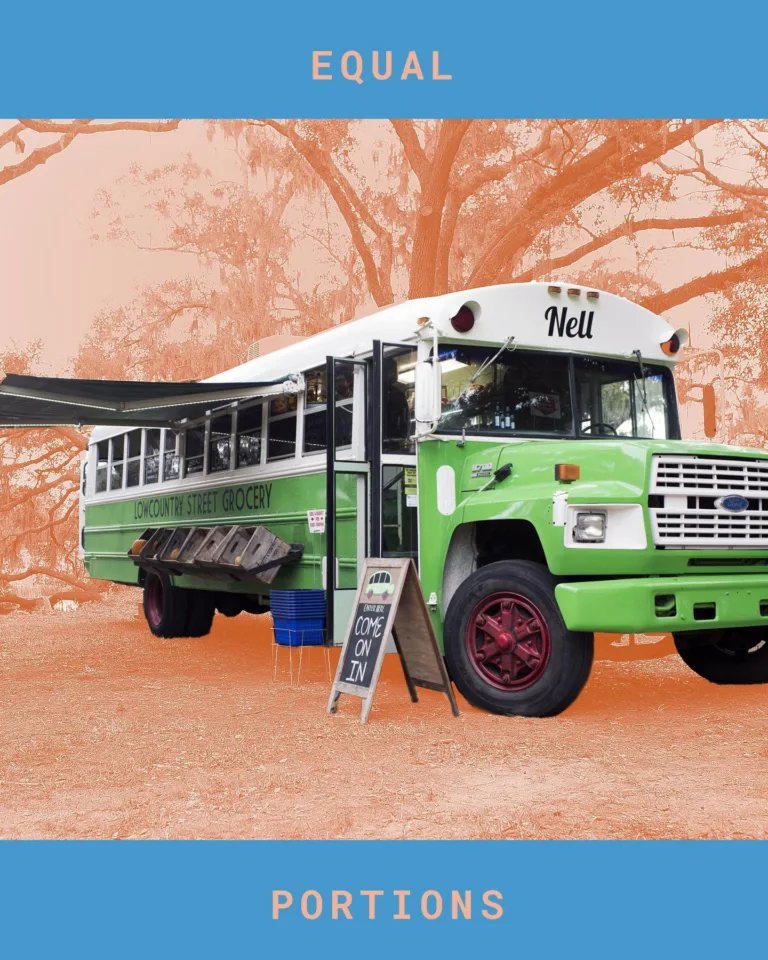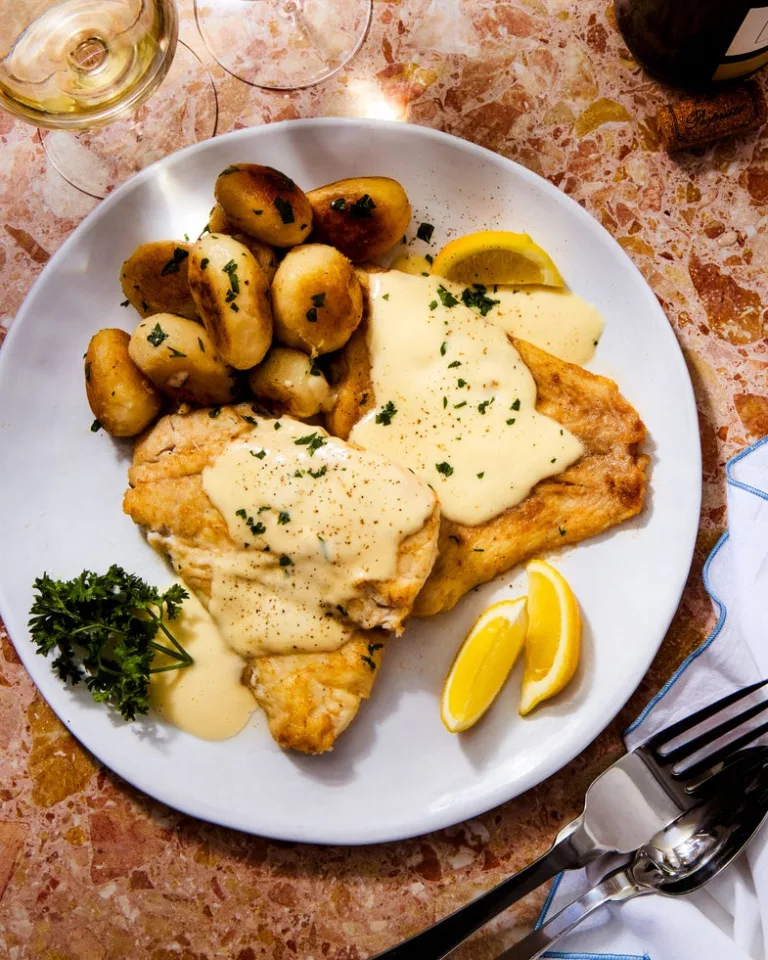This year’s Bordeaux En Primeur campaign has attracted much controversy over release prices. But while a number of leading châteaux have made substantial cuts on what they charged for the 2022s, that is unlikely to alter a more fundamental shift in the fine wine market, already under way for more than a decade. This has important implications for wine criticism.
Most producers of premium wines – of which there are now far more around the world than ever – today price them with reference to what the international luxury market will bear. That marks a change from the traditional Bordeaux approach, where each vintage’s prices were effectively a herd response to critical judgments on varying vintages.
It is a strategy first developed in Champagne. Joe Fattorini recently unearthed the intriguing history of how Dom Perignon was first invented as a luxury brand, in 1932, by its then owner deliberately charging above market prices to give the brand an air of exclusivity.
Premium brands also price with preference to other such products. In this respect, crazily expensive Bordeaux has done a service to other high-end wines: critics opine that a certain cuvée is a relative bargain compared to top Bordeaux – in the same sort of way that a Mercedes S-Class is a snip at around £90,000 compared to a Ferrari costing three times that.
Take Chile’s Seña, whose 2021 vintage (98+ points) was released last September at £112/bottle: compared to the 2023 Mouton Rothschild, which even with a reduction on 2022





